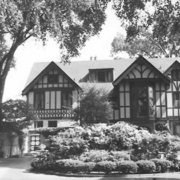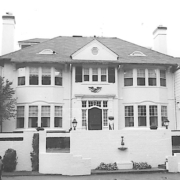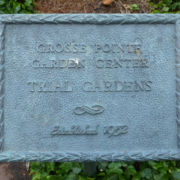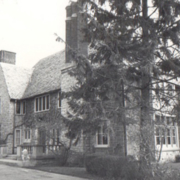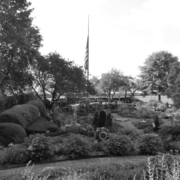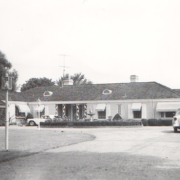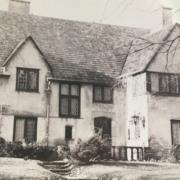Historical Architecture of Grosse Pointe – The Lost Homes of Chittenden and Kotting
Last week we explored 12 Rathbone Place (original address 17400 E. Jefferson). Alfred Chittenden completed the English Manor home in 1909, for John Gaine Rumney and his wife Mary Elizabeth (Pittman).
This week we stay with the work of Alpheus Chittenden as we explore some of the projects he completed with Charles Kotting – the homes that have been lost over time.
Chittenden and Kotting first began working together in 1903. Both men, in their own right, had reputations as incredibly skilled designers. Alpheus Chittenden is credited with designing the Detroit Boat Club on Belle Isle, and the Detroit Stove Works plant, along with many prestigious residential projects in and around Metro Detroit. Charles Kotting created over 100 structures in Metro Detroit, and, after his split from Chittenden, in 1916; he completed several noted solo projects in Grosse Pointe. Chittenden and Kotting’s joint projects in Grosse Pointe include:
- 43 McKinley – built in 1905 (for Dr. Ernest T. Tappey)
- 35 McKinley – built in 1909 (for David Gray)
- 1014 Bishop – built in 1914 (for Harry C. Walker).
- 4 Rathbone Place – built in 1914 (for Samuel T. Douglas)
The duo also worked on several other grand projects that have subsequently been razed. These were grand homes, located predominantly on E. Jefferson, that were commissioned by prominent businessmen.
16608 E. Jefferson – Completed around 1910 – Razed 1951
Bertram C. Whitney commissioned this stunning 15-room property. On completion it was said to be one of the finest homes on the water in Grosse Pointe. During his career Mr. Whitney was the manager of the Detroit Opera House. In 1916, the property was sold to Walter B. Cary, president of the Michigan Insurance Agency. It is reported the property, at the time of sale, was valued at $250,000 (around $6 million today).
17805 E. Jefferson – Completed in 1913 – Razed during 1950’s
W. Howie Muir’s handsome Colonial was completed in 1913. It was demolished during the 1950’s and the land sub divided. W. Howie Muir was born in 1867, in Detroit. He graduated in 1888, from the University of Michigan with a degree in mechanical engineering. In 1892, he organized the Jenks & Muir Manufacturing Company, which manufactured brass and iron bedsteads where he served as vice president and treasurer. By 1922, Jenks & Muir was one of Detroit’s largest manufacturers outside of the automobile industry. Muir was also involved in street railway construction. W. Howie Muir was recognized as one of Detroit’s captains of Industry. He passed in 1929. Source: The City of Detroit, Michigan, 1701-1922, vol. 4. Image courtesy of Archive.org – The American Architect, Volume 111

16900 E. Jefferson – Completed in 1913 – Razed 1988
This grand Georgian property was completed in 1913, for Frank W. Hubbard. It is acknowledged that Mr. Hubbard, at the time, was one of the city’s wealthiest businessmen. During his career he was one of the founding officers of The Banker’s Trust Company of Detroit, one of nine new trust companies to form between 1914, and 1929. This was during the period when the number of banks and trusts in Detroit more than doubled as financiers responded to the city’s substantial economic growth. Source: https://www.historicdetroit.org/. The property was razed in 1988, and the land sub divided. The top image is courtesy of Buildings of Detroit by W. Hawkins Ferry. The bottom image is courtesy of the Grosse Pointe Historical Society.
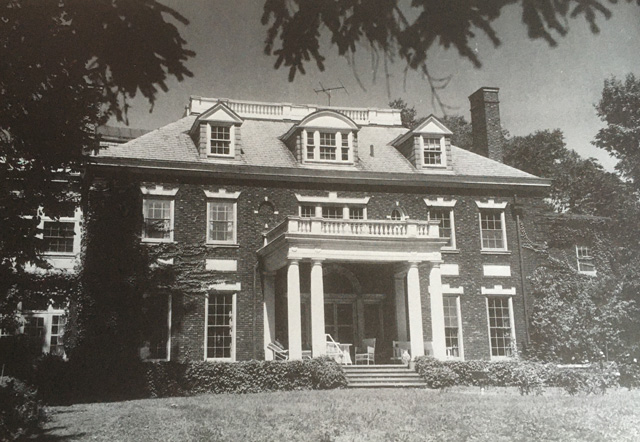
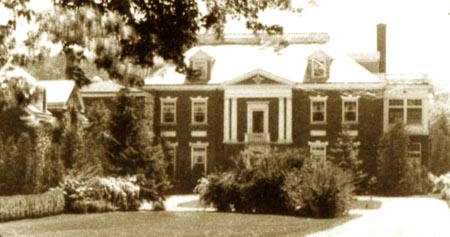
421 Lake Shore Dr. – Completed in 1914 – Razed late 1950’s
421 Lakeshore, “The Cedars” was built in 1914, for Lieutenant Colonel J. Brooks Nichols. The immense 20,000 sq ft home, was situated on a large 1,200 x 300 sq ft lot that stretched all the way from Lake Shore back to Kercheval. The estate included beautiful gardens, a cottage, and stables. The classically styled colonial home featured a large center hall, drawing room, music room, library, a ballroom and servants quarters. Source: Grosse Pointe Historical Society. Very few images of this home exist; however, we were able to find these images online. Source: http://www.beyondthegildedage.com/ and The American Architect, Volume 111.
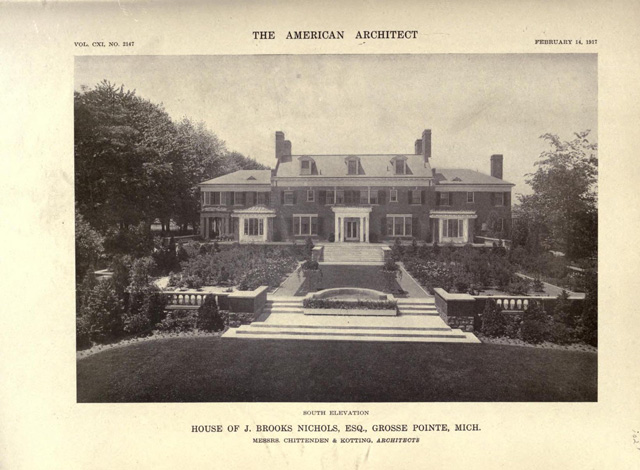
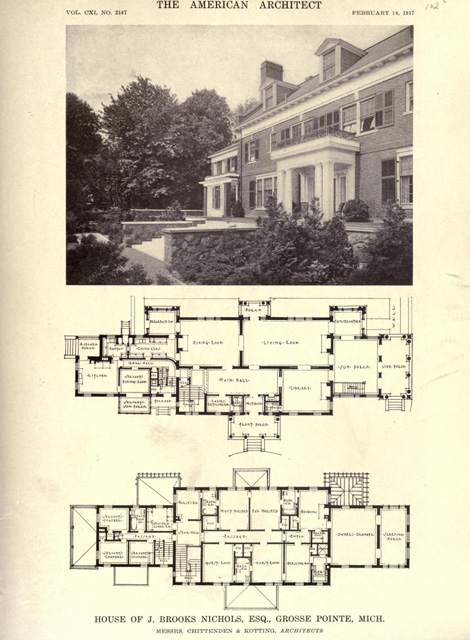
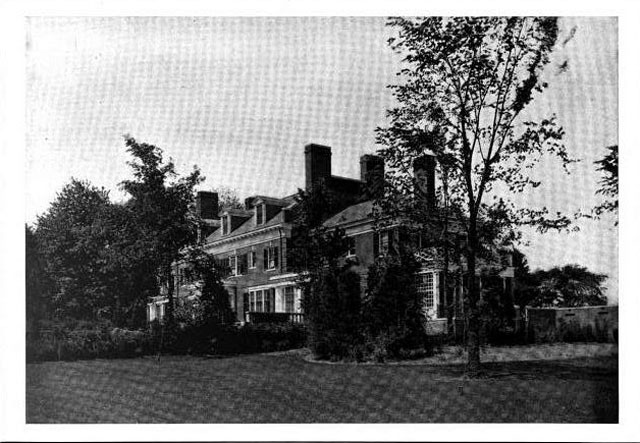
Renowned New York landscape architect William Pitkin, Jr. designed the garden. Pitkin had already completed several projects in Grosse Pointe, including the garden at the home of Truman H. Newberry (1914) along with the magnificent garden at the Mrs. Henry Stephens estate, located at 241 Lakeshore (1913).
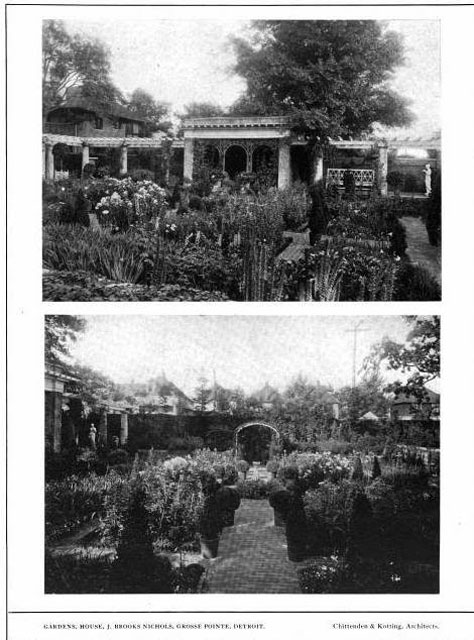
The original owner of 421 Lakeshore, J. Brooks Nichols, was born in New York in 1885. He attended Yale University, completing a scientific course in 1908. After graduating he worked in the oil business in Lexington, Kentucky. He then came to Detroit to take up the position of director at the United States Radiator Corporation. During his career J. Brooks Nichols had a vast array of business interests and was a highly respected figure in the city. During the 1920’s Nichols sold his magnificent estate to Bart E. Taylor, a prominent Detroit real estate developer. In 1947, Henry Ford II purchased the home. It was then sold in 1957, and was subsequently demolished shortly after that.
16096 Essex – Completed in 1914 – Razed early 1970’s
James T. McMillan commissioned this striking home on the shores of Lake St. Clair. He was born in 1845. During his career he served on the Packard board during the 1930s and 1940s, and was also the president of the Detroit and Cleveland Navigation Company. He passed in 1946. The striking three-story French style property was razed in the early 1970’s and is now the location of Patterson Park (Three Mile Park). Image courtesy of: https://digital.library.wayne.edu/
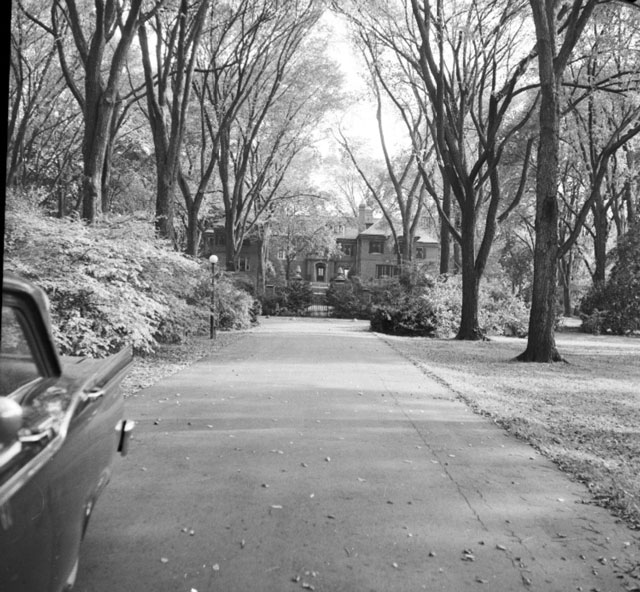
Despite the loss of these magnificent estates, thankfully there are still multiple reminders, throughout Grosse Pointe, of the outstanding homes that the talented duo of Chittenden and Kotting created.
*Photos courtesy of the Higbie Maxon Agney archives unless stated.
Written by Katie Doelle
Copyright © 2021 Katie Doelle


